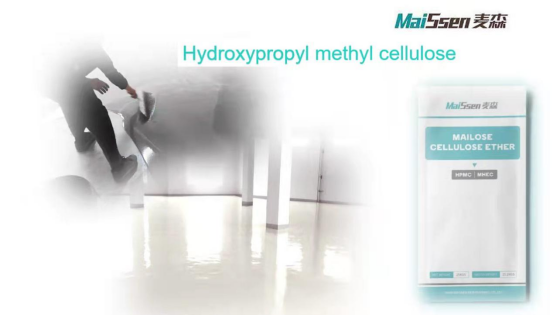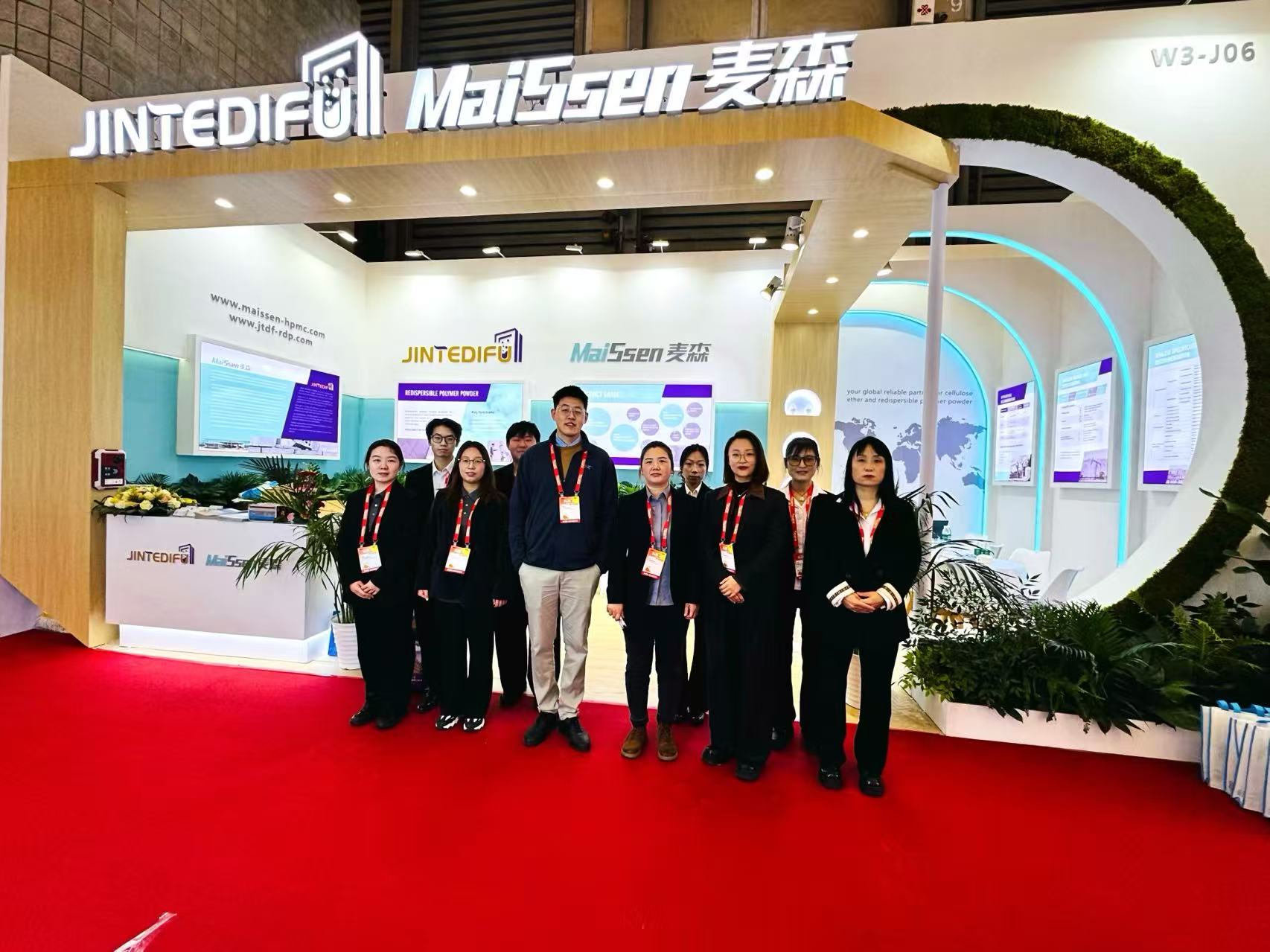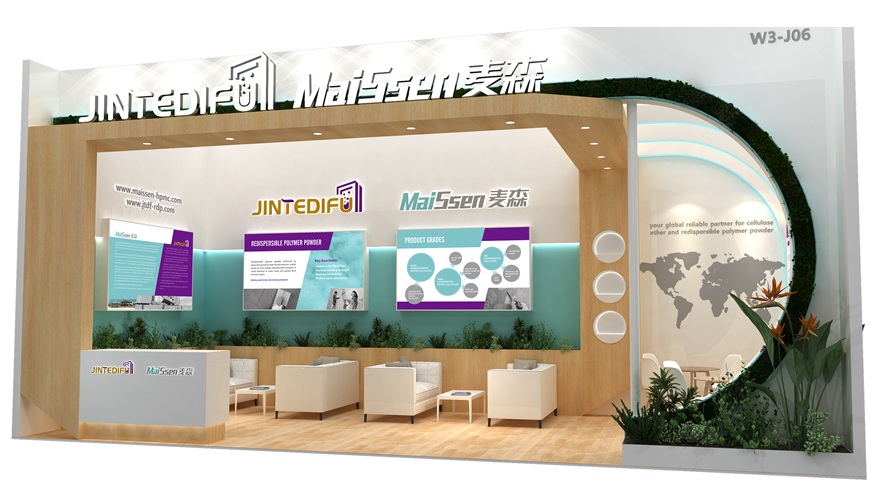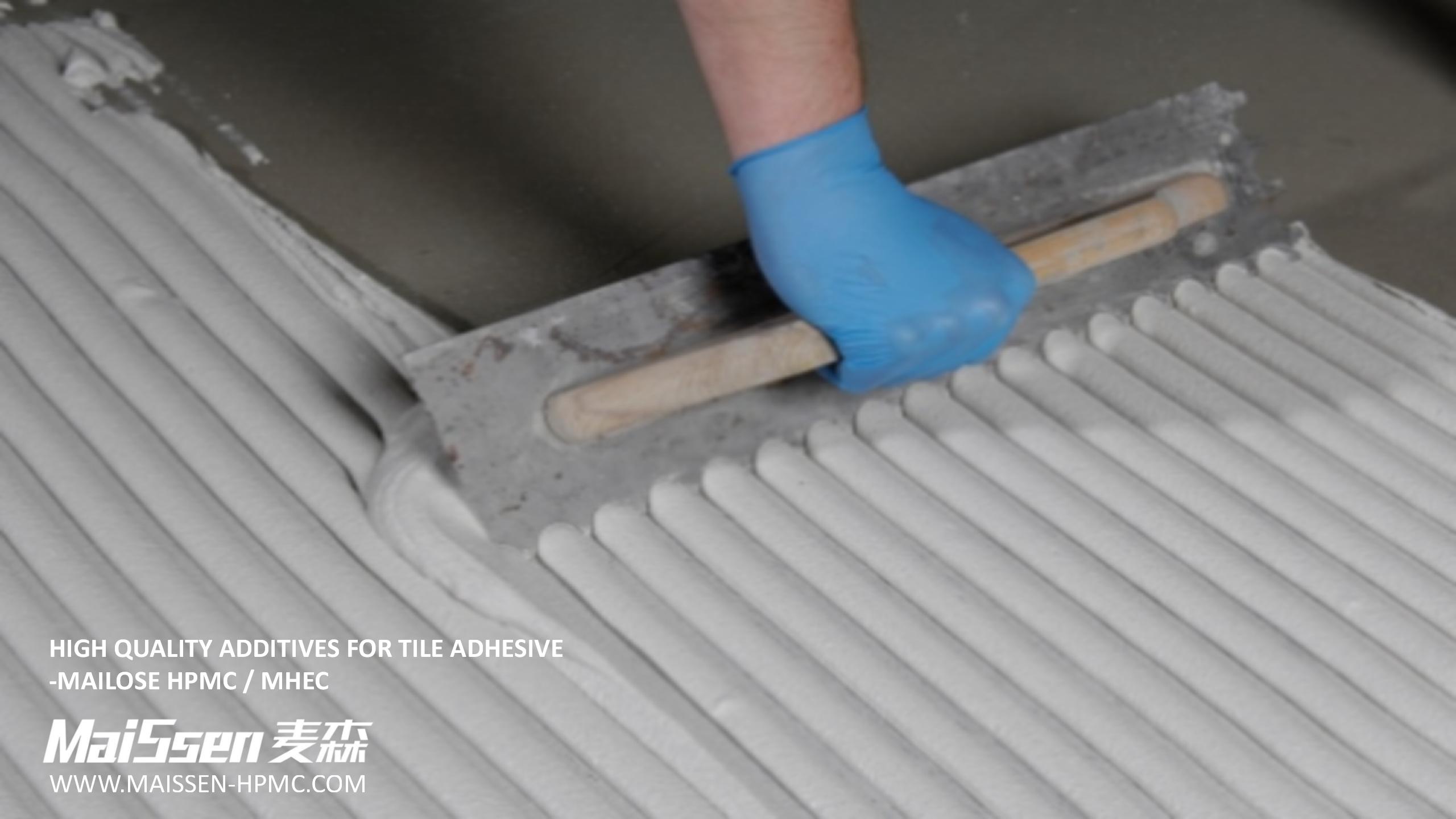Application of HPMC in Self-compacting Concrete
1. Problems existing in the application of self-compacting concrete
Self-compacting concrete has been widely used in engineering because of its excellent working performance, but there are also some problems in the application process, the more prominent ones are as follows:
(1) The requirements for raw materials are too high, and the production is difficult to control. The quality fluctuation of raw materials greatly affects the fluidity and stability of concrete; the measurement error during production is often an important reason for the large amount of concrete bleeding, segregation, and pump blockage.
(2) The static stability of concrete is poor. Self-compacting concrete has good dynamic performance, but poor static stability. The pump stops for a long time during the pumping process, and the pump is often blocked due to concrete settlement.
(3) Self-compacting concrete has large early plastic shrinkage due to the relatively large proportion of powder, high sand rate, and lack of more coarse aggregate components that resist shrinkage.
(4) Since there are many cementitious materials, especially many admixtures, and the hydration time is long, the hydration process will easily cause drying shrinkage due to lack of water, resulting in cracking.
The above-mentioned problems of self-compacting concrete have greatly affected the engineering application. Now it can only be used in some difficult-to-construct parts, and it cannot replace the existing ordinary concrete, and its advantages cannot be fully reflected.
2. Properties of Hydroxypropyl Methyl Cellulose (HPMC)
Hydroxypropyl methylcellulose is a non-ionic cellulose, which is soluble in water and relatively stable in an alkaline state. It has certain thickening and water retention properties when used in concrete and mortar. Therefore, the water retention and thickening properties of hydroxypropyl methylcellulose are used to improve the static stability of self-compacting concrete.
The factors that affect the water retention effect of hydroxypropyl methylcellulose in cement-based materials include the content, viscosity, particle fineness and use environment of hydroxypropyl methylcellulose.
(1) The higher the content of hydroxypropyl methylcellulose, the better the water retention.
(2) The higher the viscosity of hydroxypropyl methylcellulose, the better the water retention.
(3) Generally speaking, the lower the fineness, the better the water retention of hydroxypropyl methylcellulose.
(4) The water retention of hydroxypropyl methylcellulose is related to temperature and decreases with the increase of temperature. Hydroxypropyl methylcellulose (HPMC) molecular composition and structure.

For more information,
please contact with us at dean@mailose.com or Whatsapp15650068936
Article editing:Dean Guo







